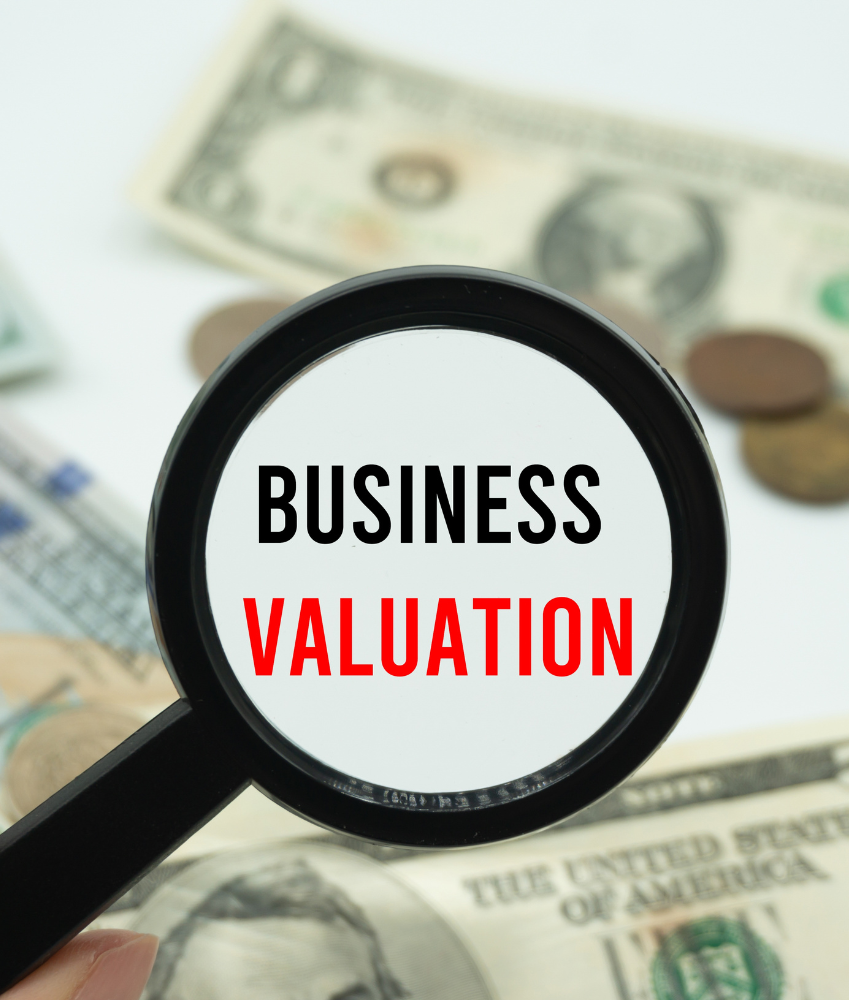Disruption in Supply Chains – What If? Scenarios
A year ago, if you had even suggested that people would be forced to stay in their homes, businesses would be closed, and the hottest commodity around would be toilet paper, people would have laughed. Fast forward to May 2020, not many people are laughing. Supply Chain Management (SCM) has become one of the hot topics of conversation. Getting the right stuff to the right people at the right time in the right place has become mission-critical to everyone.
Explosive Growth in e-Commerce
Amazon has dominated the e-commerce business for well over a decade. Costco and Walmart have been chipping away at Amazon’s lead the past few years, and Facebook has jumped squarely into the fray, announcing Facebook Shops on May 19th. With one click, FB users can now buy products and services their social media community is endorsing.
E-commerce has rapidly grown in recent years averaging 15-16% per annum, significantly outpacing yearly in-store sales growth of just 2-3% since 2010. Last year, US consumers spent over $600B online, fully 16% of all retail sales, with continued high growth expected as consumers shift more and more to online purchases, according to a report by Digital Commerce 360 based on US Commerce Department retail data. Of that, Amazon accounted for well over a third. This growth, in turn, has fueled the need for online fulfillment, inventory management, goods’ picking and packing, shipping, and ancillary services.
E-commerce depends on efficient Supply Chain Management (SCM) and Logistics for the distribution of goods and services to customers.
Logistics is the process—largely a science but also an art—of managing the flow of goods through the supply chain, from the place where they are made to the place where they are consumed. Globally, e-commerce Logistics is a US$2.5T industry as of 2019 and is projected to grow by about US$550B this year at a compounded growth of 21.3%, according to a recent Research and Markets report. Advanced software systems are essential engines of the Logistics industry, coordinating all facets of the supply chain, including planning, transportation, and warehouse management.
What are these disruptive technologies and how do they facilitate Supply Chain Management?
Today SCM has moved beyond the efficient distribution of goods and services. The ability to look into the distribution data, to play “what-if”, to make changes quickly in real-time, and to predict all of this in advance, has moved disruptive technologies such as Smart Logistics and Mobility Analytics to the forefront. These new technologies are driving massive changes in how people and goods are transported.
Mobility Analytics
The field of Mobility Analytics uses knowledge from the areas of operations research, machine learning, economics, information systems, traffic engineering, and data management to take vast amounts of movement data generated by people, vehicles and infrastructure to create valuable insights for large sectors of the economy: automotive, insurance, advertising, logistics, transportation and city design, and traffic management. Today is the beginning of a connected world, Internet of Things (IoT), with an emphasis on movement – connected cars, buses, scooters, bikes, people, and goods – and the infrastructure to support that movement. Emerging applications include energy management, self-driving technology, sharing economy apps, home delivery, and transformation of industries such as auto manufacturing. Almost all solutions require a complete picture of the movement and infrastructure. To date, obtaining that picture of movement has been extremely difficult, costing individuals, businesses, and governments significant time, money, and opportunity.
Not surprisingly, such growth is a key driver for mergers and acquisitions (M&A).
Bentley Systems, a PA-based infrastructure design engineering firm, recognized the importance of Mobility Analytics technology, when they acquired in November 2019 Sacramento-based Citilabs, a premier Mobility Analytics company. Citilabs’ technology aggregates & analyzes a wide-range of vehicle sensor and other key data, provides real time and predictive analytics for the movement of vehicles, goods and people around infrastructure and transportation hubs. Bentley, in designing large infrastructure projects for its clients, viewed Citilabs capabilities to be exactly what they needed to create an entire ‘digital’ twin’ of optimal transportation routes and associated services in and around the infrastructure hubs they design.
SiVal Advisors guided its client Citilabs in negotiating this successful deal with Bentley.
Smart Logistics
Smart Logistics uses data-driven software platforms that automate the management of shipping & storage, transportation systems and other functions to promote the efficient movement of goods & services from the producers to the sellers, and the consumers. Mobility Analytics supports and facilitates Smart Logistics.
Smart Logistics are interconnected systems that collect real-time data about the goods and products that are transported and provide insight into that data to enable more effective management of the supply chain. Introducing technologies such as IoT and AI are providing the capabilities to respond to supply chain disruptions such as those experienced in pandemics and trade wars.
Recent Acquisitions
2018 and 2019 showed high levels of M&A deal activity in SCM and Logistics, and this activity has continued into Q1 of 2020. A diverse set of global players competing to deliver top-notch service to their customers has fueled SCM and Logistics acquisitions, together with strategically located warehouse facilities and associated transportation networks.
2020 so far has seen several deals announced. In January, Odyssey Logistics acquired RPM Services, which offers logistics and fulfillment services for beer, wine, and spirits, through its international supply chain. This complements Odyssey’s 2018 acquisition of AFF Global Logistics. In February, A.P. Moller-Maersk (Denmark) spent $545M to acquire USA-based fulfillment and logistics company, Performance Team. Also in January, SEKO Enterprises, backed by Greenbriar Equity, acquired e-commerce tracking and fulfillment company, Air-City. In March Costco acquired $1B logistics company Innovel Solutions, a middle-mile and final-mile delivery and installation business, from Sears’ parent company Transform Holdco. Also in March, XPO Logistics announced that it would acquire the majority of the United Kingdom-based contract logistics operations of Kuehne + Nagel, including its 75 facilities and customer base.
Active Acquirers
While there has been a wide range of acquirers, US and internationally, involved in making several hundred billion dollars’ worth of acquisitions in SCM and Logistics in recent years, a handful of companies stand out. We profile some of these below….
Trimble, a Sunnyvale CA-based transportation technology firm, has been on somewhat of an acquisition binge in recent years. In January 2020, Trimble further added to its portfolio of transportation services by announcing the acquisition of Kuebix, a Maynard, Mass.-based transportation management system (TMS) that enables shippers and carriers to collaborate more closely in one platform. The combined cloud platform will create the largest connected network of shippers and carriers in the North American supply chain. The acquisition solves the problem of shippers, carriers and intermediaries operating with fragmented TMS software by providing a single logistics platform for all participants in the supply chain. This is the 10th acquisition by Trimble since 2017.
C.H. Robinson Worldwide of Chicago in January 2020 acquired warehousing and third-party logistics provider Prime Distribution Services being divested by Roadrunner Transportation. Price paid was 2X Prime’s 2019 revenues. Prime is an integrated supply chain solutions company with five warehouse and distribution locations in Indiana, Texas, Georgia and California. This acquisition of strategically-located warehouse facilities augments CH Robinson’s 2019 acquisition of Dema truck brokerage and logistics in Italy, and further enhances CH Robinson’s ability to serve the e-commerce market.
Amazon: For several years Amazon has been making AI, robotics, and logistics software acquisitions to manage the entire flow of its operations: shopping, checkout / payment systems, fulfillment and tracking of goods to/from its warehouses for seamless delivery to customers. More recently, they have been rapidly amassing well-located real estate around cities and ports, ideally with existing infrastructure and transportation routes, to further expand its warehouses, fulfillment centers and logistics capabilities. Rumor has it that Amazon and Walmart are currently competing to acquire the J.C. Penney store locations out of bankruptcy. If Amazon prevails, this would provide 800 locations in most major cities and near suburbs across the US. These would be used primarily for its micro-fulfillment centers, automated warehouses for efficient deliveries in densely populated areas.
Whatever outcomes occur from the 2020 pandemic, a diminished reliance on e-commerce, SCM, and logistics is not likely to be one of them. As the economy reopens, consumers and businesses will use the lessons learned to build new ways of interacting. Smart business owners will use this opportunity to acquire additional companies and resources or to become part of larger organizations. Either way, SiVal Advisors can guide you on your M&A journey. Please be warned before you start the journey: Toilet paper probably won’t be considered a workable currency.
SiVal Advisors follows SCM and Logistics industry and regularly tracks M&A deals.
Article prepared by SiVal Managing Partners: Jan Robertson jrobertson@sivaladvisors.com and Geoff Roach groach@sivaladvisors.com.





 Perhaps you have been thinking about selling your business in the next year or two, having heard about the robust M&A market and high sale values in recent times. You may have even begun some planning in this regard. However, with the covid-19 pandemic continuing its spread, impacting our lives and businesses, it’s difficult to focus on anything but the immediate day-to-day challenges, let alone exit planning. We have witnessed many business downturns over the years; the difference this time is the enormous uncertainty of the health crisis, how long it will take to abate, and how much longer it will take global businesses to recover. The silver lining is that there are some concrete steps business owners can take, even in this uncertain environment, to preserve the health and value of your business and prepare for an ultimate sale.
Perhaps you have been thinking about selling your business in the next year or two, having heard about the robust M&A market and high sale values in recent times. You may have even begun some planning in this regard. However, with the covid-19 pandemic continuing its spread, impacting our lives and businesses, it’s difficult to focus on anything but the immediate day-to-day challenges, let alone exit planning. We have witnessed many business downturns over the years; the difference this time is the enormous uncertainty of the health crisis, how long it will take to abate, and how much longer it will take global businesses to recover. The silver lining is that there are some concrete steps business owners can take, even in this uncertain environment, to preserve the health and value of your business and prepare for an ultimate sale.